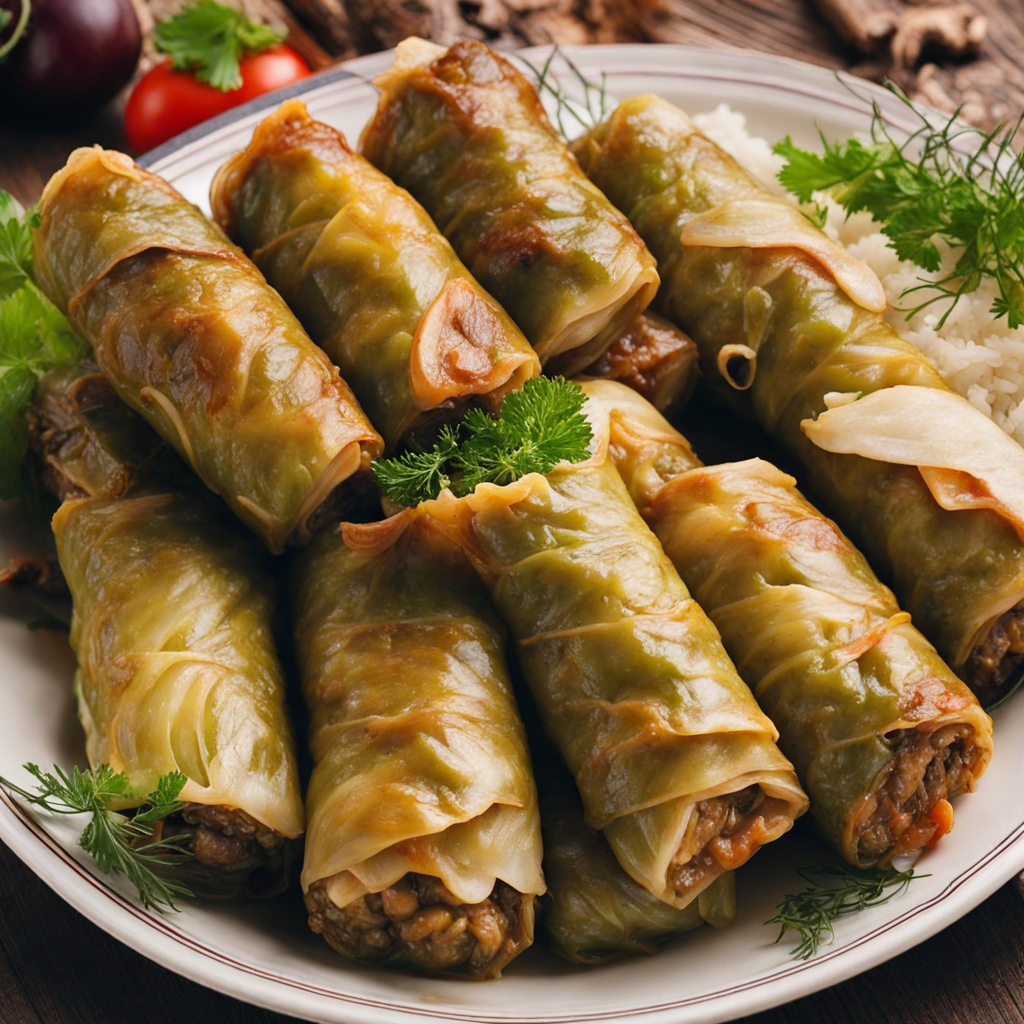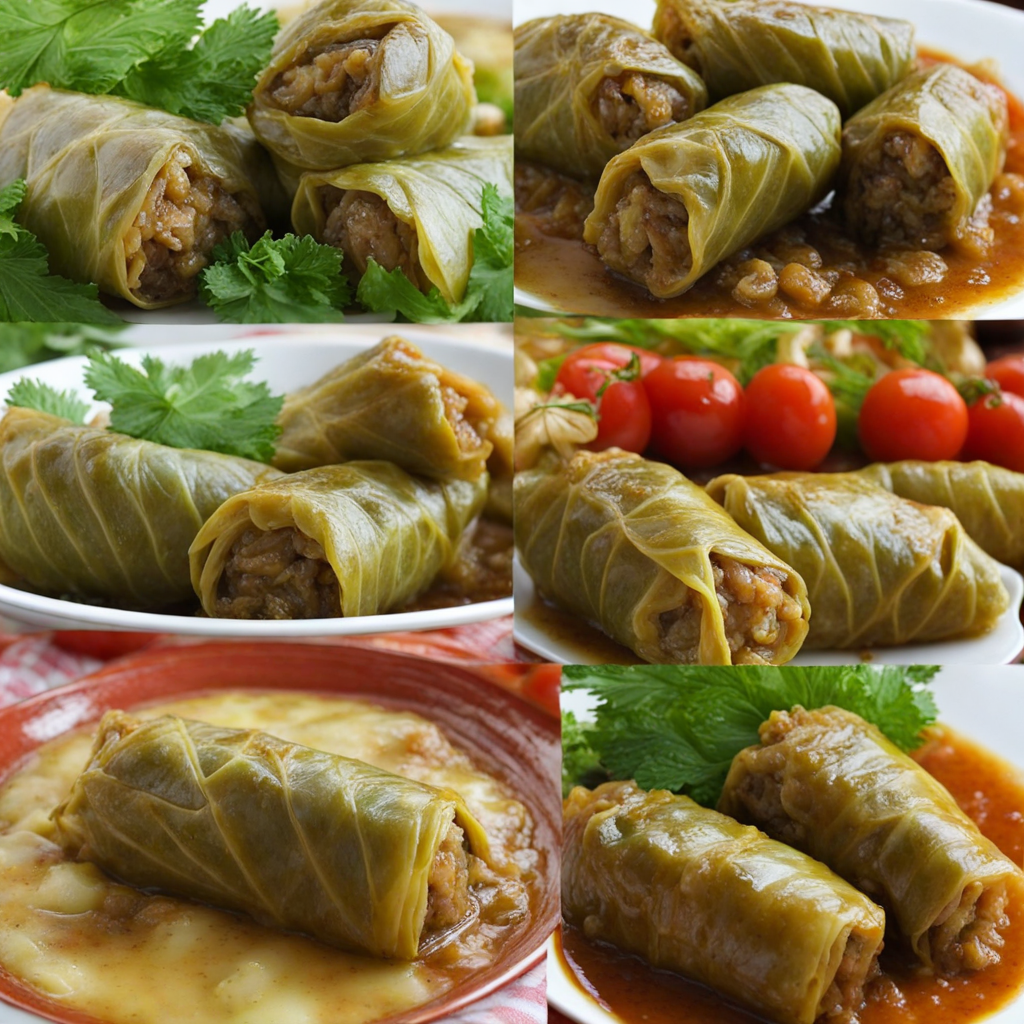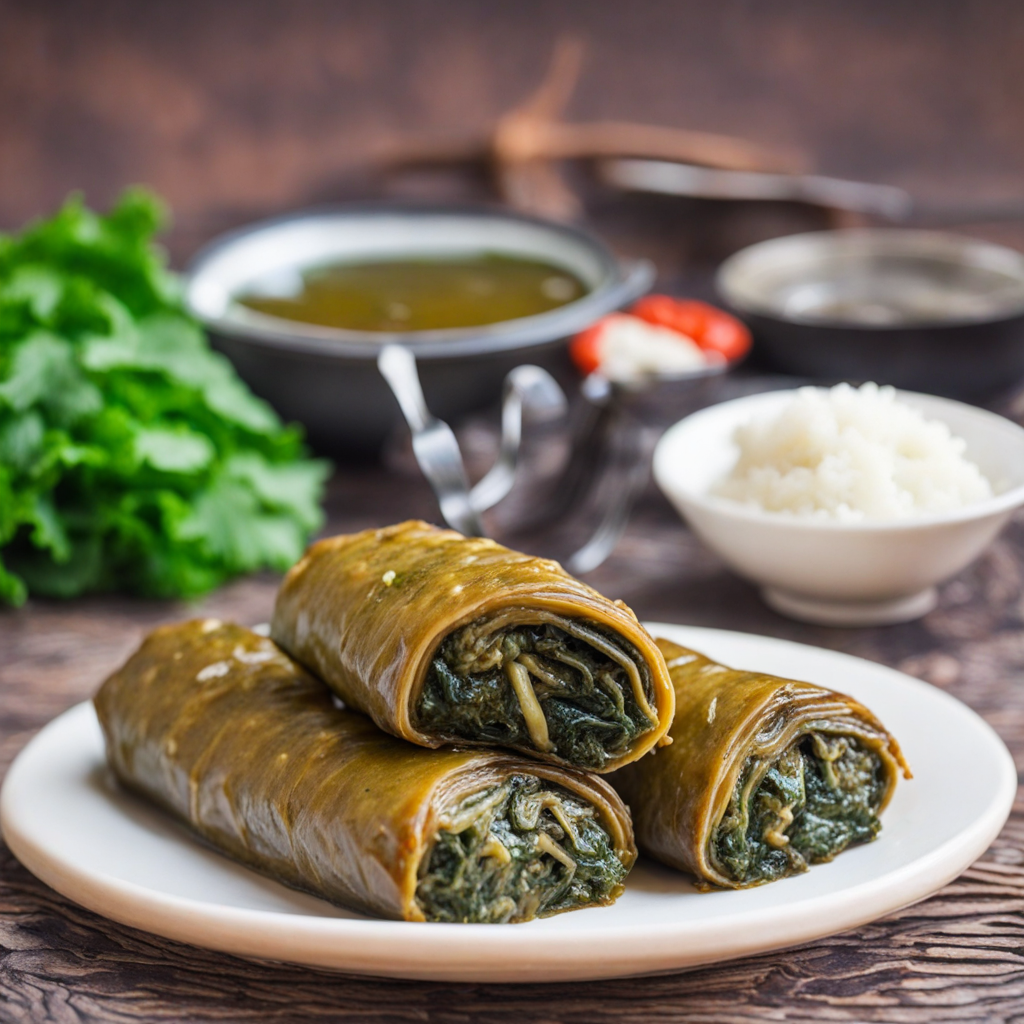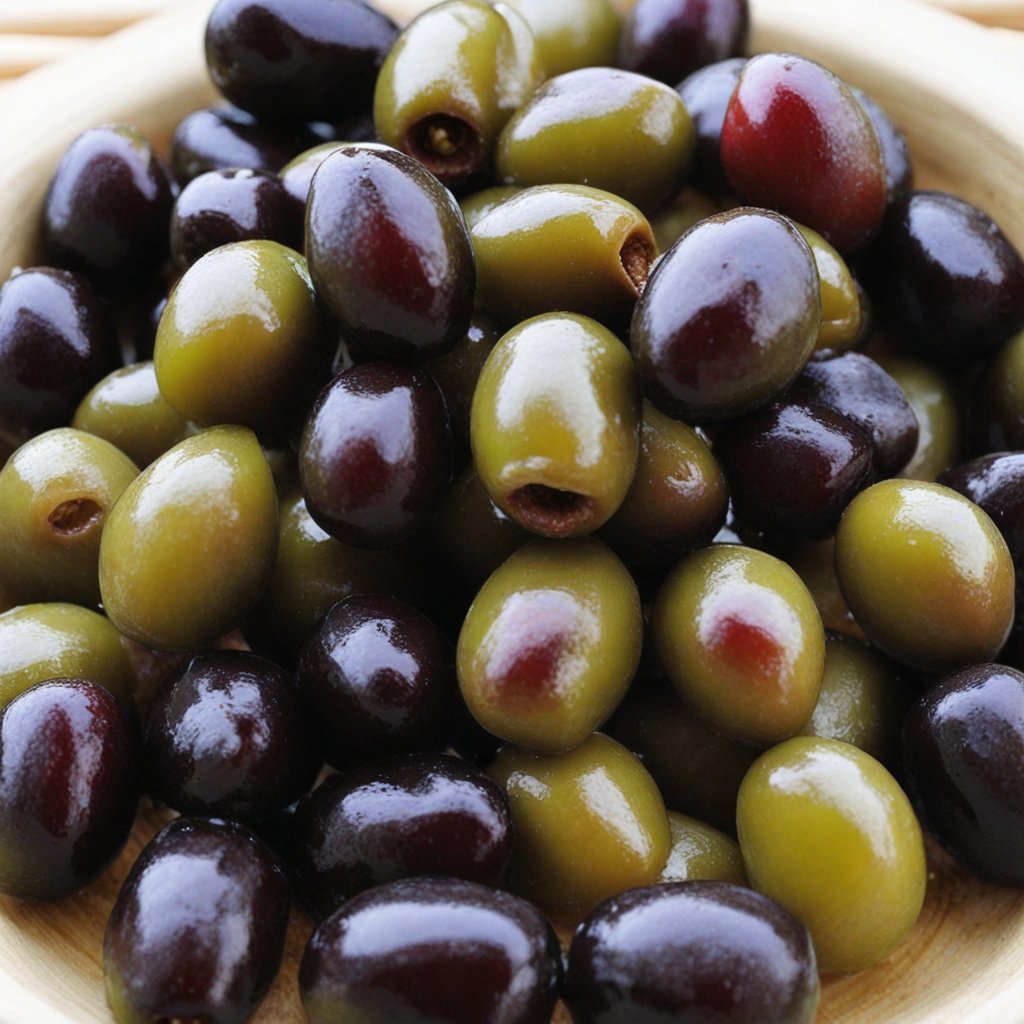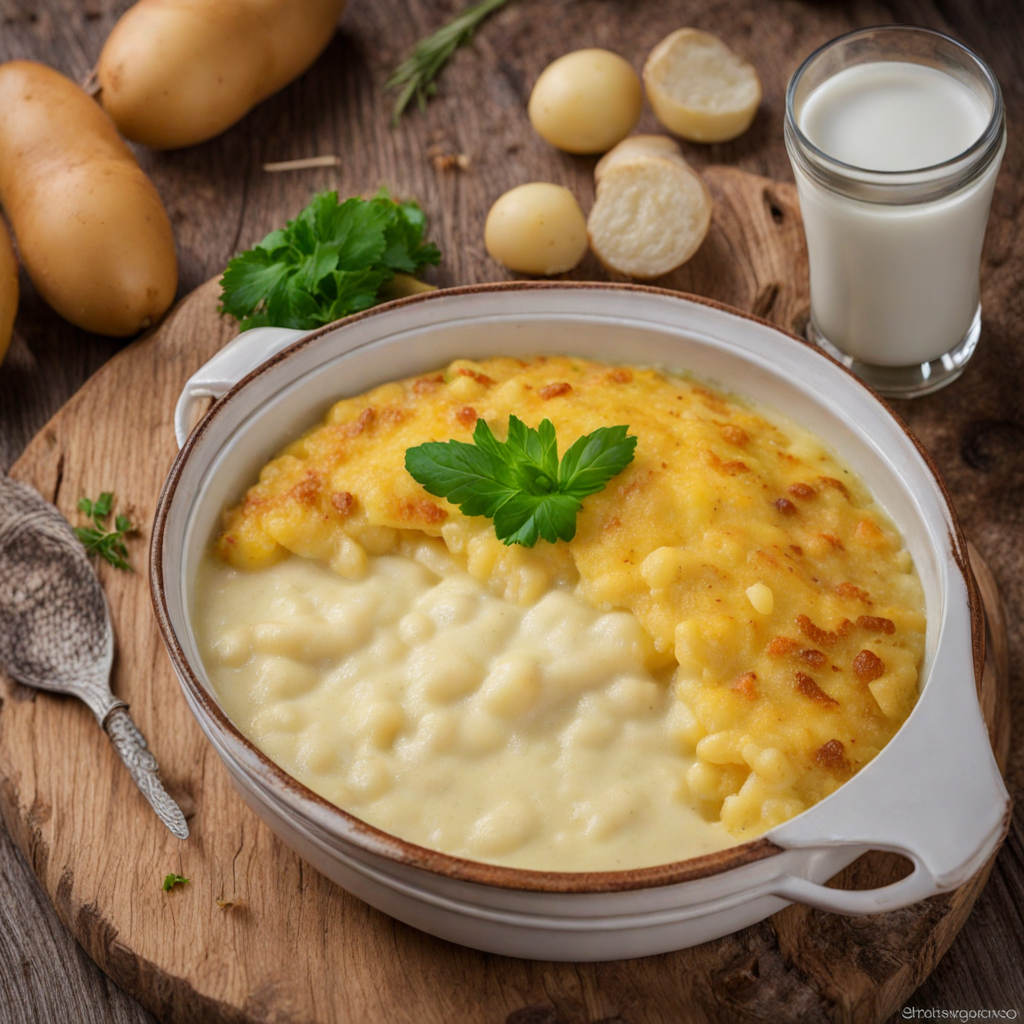Sarma
Сарма is a traditional dish from Montenegro, particularly beloved in the Balkan region. It consists of fermented cabbage leaves wrapped around a filling of minced meat and rice, creating a hearty and flavorful meal that is often enjoyed during family gatherings, holidays, and celebrations. The name 'сарма' is derived from the Turkish word that means 'to wrap,' reflecting the dish's origins and its preparation method. The history of сарма is deeply rooted in the culinary heritage of the Balkans, influenced by various cultures over centuries, including Ottoman, Slavic, and Mediterranean traditions. The dish is not only prevalent in Montenegro but also across other Balkan countries such as Serbia, Bosnia and Herzegovina, and Croatia, each with its own variations and regional twists. The use of fermented cabbage speaks to the preservation techniques that were essential for survival during harsh winters, showcasing a resourceful culinary approach that has been passed down through generations. The flavor profile of сарма is rich and complex, offering a delightful balance of savory, tangy, and slightly smoky notes. The primary flavor comes from the filling, which typically includes a mixture of minced pork, beef, or lamb, combined with rice, onions, and a variety of spices such as paprika, black pepper, and sometimes even a hint of garlic. The cabbage leaves contribute a natural acidity, enhancing the overall taste of the dish. Cooking the сарма slowly allows the flavors to meld, resulting in a tender filling that is infused with the aromatic essence of the
How It Became This Dish
The History of Сарма: A Culinary Journey Through Montenegro #### Origins and Early Beginnings Сарма, a traditional dish of the Balkan region, particularly cherished in Montenegro, has roots that stretch back to the Ottoman Empire. The name "сарма" itself is derived from the Turkish word "sarmak," which means "to wrap." This etymology reflects the dish's fundamental characteristic: a filling, often made of minced meat and rice, meticulously enveloped in leaves, usually cabbage or grape leaves. It is believed that the practice of wrapping food in leaves originated in the Middle East and spread to the Balkans through cultural exchanges during the Ottoman period. The earliest records of сарма can be traced back to the 15th and 16th centuries, when the Ottoman Empire expanded its influence throughout the Balkans. This period saw a fusion of culinary traditions, with the introduction of various spices, cooking methods, and ingredients. In Montenegro, where mountainous terrain and a temperate climate prevail, local ingredients such as cabbage, potatoes, and meats became staples in the preparation of сарма. #### Cultural Significance Сарма is much more than just a dish; it is a symbol of hospitality, family, and cultural heritage in Montenegrin society. Traditionally served during significant celebrations, such as weddings, holidays, and family gatherings, сарма brings people together, reflecting the communal spirit of Montenegrin life. The preparation of сарма is often a communal activity, involving multiple generations of family members who gather to share recipes, stories, and laughter. In Montenegrin culture, food is an essential part of the social fabric. The act of sharing сарма is imbued with deep cultural meaning, representing not only nourishment but also the bonds of family and friendship. It serves as a reminder of the importance of togetherness, especially in times of celebration or during the colder months when families would come together to enjoy hearty meals. #### Ingredients and Preparation The core ingredients of сарма typically include minced meat (usually pork, beef, or a combination), rice, onions, and a medley of spices such as paprika, salt, and pepper. The filling is then encased in fermented cabbage leaves or grape leaves, providing a distinctive tangy flavor that complements the savory filling. The dish is often slow-cooked in a pot with additional cabbage leaves layered on top, which helps to keep the moisture in and enhances the flavor. Over time, variations of сарма have emerged, adapting to local tastes and available ingredients. In some regions, ground meat may be substituted with vegetables or grains for a vegetarian version, reflecting modern dietary preferences. Additionally, the use of herbs and spices varies widely, with some families incorporating unique family recipes that have been passed down through generations. #### Evolution Through the Centuries As Montenegro's history unfolded, so did the preparation and presentation of сарма. During the 19th and early 20th centuries, as Montenegro experienced significant political and social changes, culinary practices began to reflect broader cultural influences. With the rise of nationalism and a renewed interest in cultural identity, traditional foods like сарма were embraced as embodiments of national pride. In the post-World War II era, the dish underwent further evolution as Montenegro became a republic within Yugoslavia. The shared culinary heritage across the various Yugoslav republics led to an exchange of recipes and cooking techniques, enriching the preparation of сарма. Regional differences emerged, with variations in the filling, cooking methods, and accompaniments. In some areas, сарма is served with a side of mashed potatoes or polenta, while in others, it is accompanied by a dollop of sour cream or yogurt. In recent decades, as globalization has influenced food culture, сарма has found its way into Montenegrin restaurants and homes worldwide. Diaspora communities have played a crucial role in preserving the dish, often adapting recipes to suit local ingredients while maintaining the essence of the traditional preparation. This transnational journey has allowed сарма to flourish beyond its geographic origins, introducing new audiences to its rich flavors and cultural significance. #### Modern Interpretations In contemporary Montenegro, сарма remains a beloved dish, often featured on menus in restaurants across the country. While traditional recipes remain popular, chefs are increasingly experimenting with the dish, infusing it with modern culinary techniques and global flavors. For instance, some chefs may use quinoa or bulgur in the filling, while others may incorporate international spices to create a unique twist on the classic. Additionally, the rise of food tourism in Montenegro has brought renewed attention to traditional dishes like сарма. Visitors seeking an authentic taste of Montenegrin culture are drawn to local homes and restaurants that offer this cherished dish, often participating in its preparation as part of a culinary experience. This interaction not only promotes cultural exchange but also reinforces the dish’s status as a symbol of Montenegrin identity. #### Conclusion: A Culinary Legacy The history of сарма in Montenegro is a testament to the enduring power of food as a vessel for cultural expression and community bonding. From its origins in the Ottoman Empire to its place in modern Montenegrin cuisine, сарма has evolved while remaining a cherished symbol of heritage and hospitality. It reflects the resilience and adaptability of a culture that has navigated centuries of change, reminding us of the importance of family, tradition, and shared meals. As we savor a plate of сарма, we partake in a culinary legacy that transcends time and geography, celebrating the rich tapestry of Montenegrin culture and the universal language of food. Whether enjoyed at a festive gathering or as a comforting family meal, сарма continues to embody the spirit of Montenegro, inviting all to experience its delicious flavors and the warmth of its people.
You may like
Discover local flavors from Montenegro


